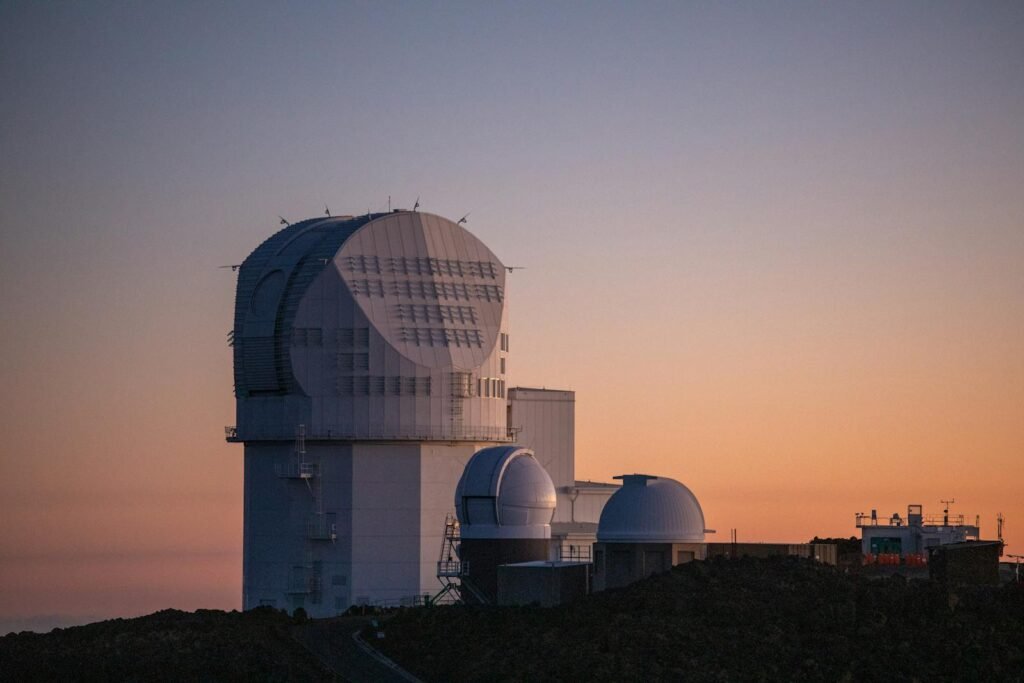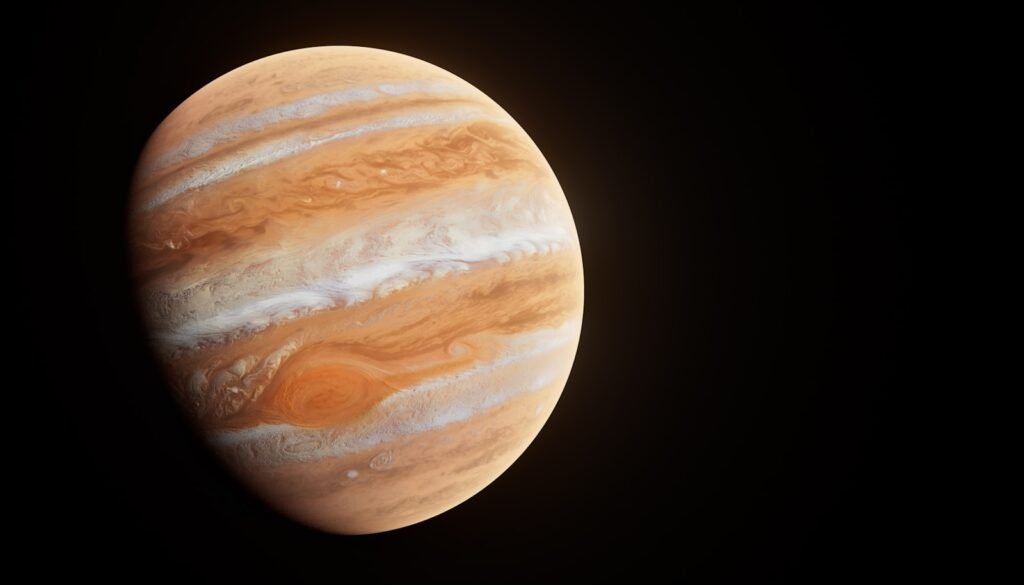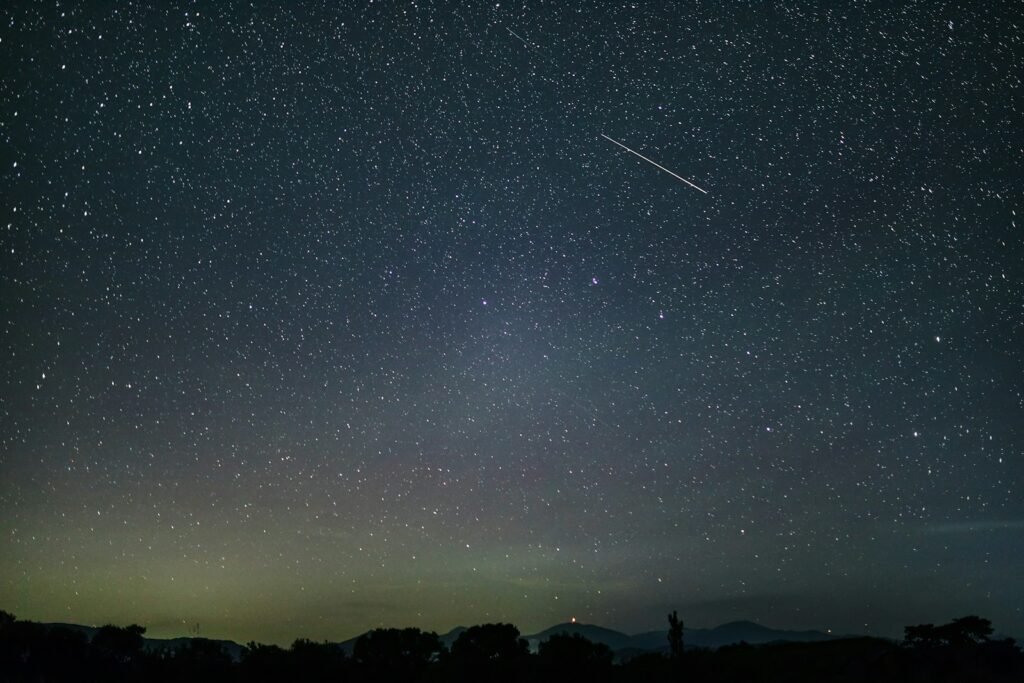Every time we point a powerful telescope at the night sky, we stage a quiet confrontation with time itself. Light doesn’t arrive instantly; it travels, carrying a record of where it came from. That simple limitation turns observatories into time machines, letting us witness galaxies as they were long before humans existed. The big story is that astronomy is not just about distance – it’s about history unfolding in reverse, frame by frame. And right now, with a new generation of instruments, we’re learning to rewind that cosmic film faster and farther than ever.
The Hidden Clues
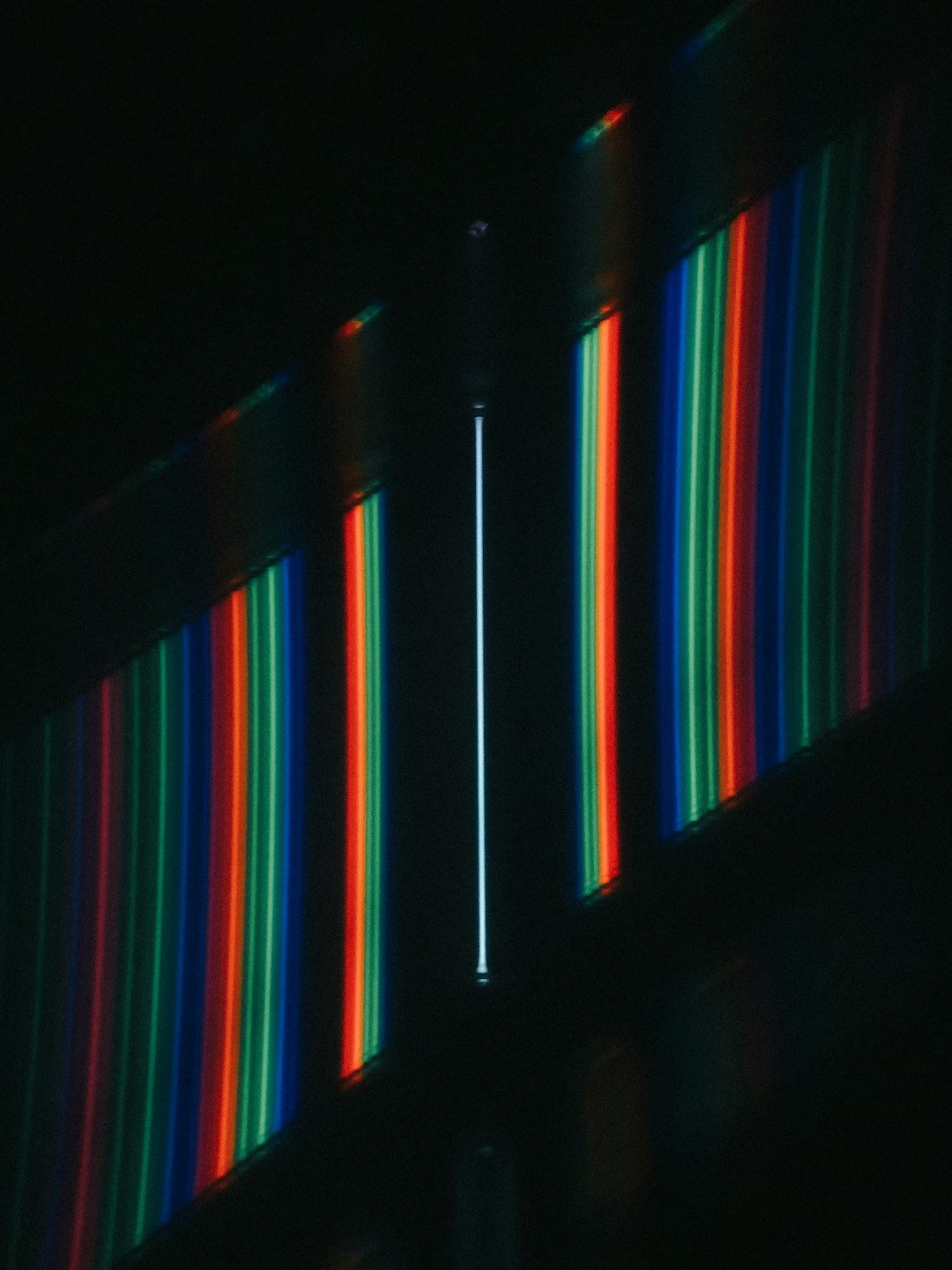
Starlight is not just illumination; it’s data encoded in color, intensity, and timing. Spread out by a spectrograph, that light becomes a barcode of elements, temperatures, and motions – like finding the author’s notes in the margins of a book. Even tiny absorption lines betray the presence of hydrogen, oxygen, or heavier elements forged in ancient stars. When those lines shift toward red wavelengths, they reveal how much the universe expanded while the light was en route. Each measurement is a timestamp and a mile marker at once.
I remember the first time I saw a spectrum from a distant galaxy; it felt like opening an old family album and recognizing a face across generations. The details were small – fractions of a nanometer – but the story was enormous. This is how we turn faint fuzz into chronicles of star birth, cosmic dust, and the slow sculpting power of gravity.
From Ancient Tools to Modern Science
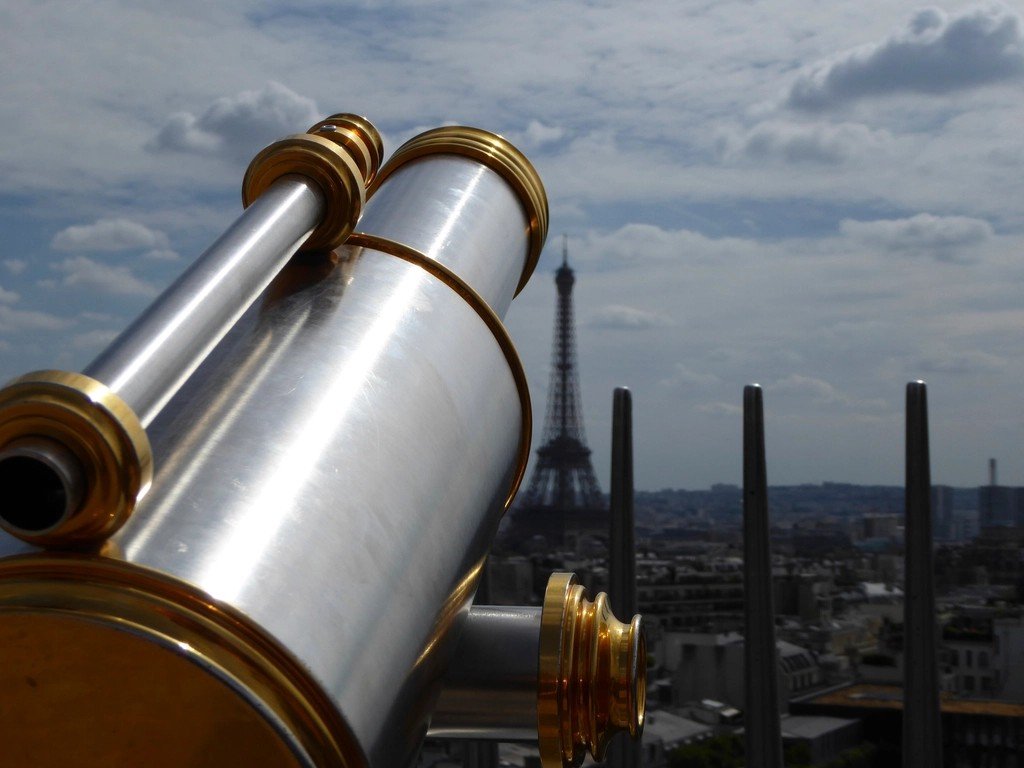
The journey began with polished stone and bronze astrolabes, rose to glass lenses in small tubes, and exploded with mirrors that could gather far more light. Galileo’s handheld instrument multiplied human vision, but modern telescopes multiply the light itself, stacking photons to pull whispers out of the dark. The leap from backyard optics to mountaintop observatories made the night sky less a canvas and more a dataset. With each technological step – larger mirrors, smoother surfaces, steadier mounts – astronomers pushed deeper into the past.
Today’s observatories are feats of engineering that flex and breathe with the atmosphere, canceling turbulence with laser-created guide stars. Cameras operate at temperatures colder than Antarctic winters to reduce noise. The result is not a prettier picture for the wall; it’s a cleaner, older snapshot of the universe’s early chapters.
Light’s Time Machine: The Physics That Makes This Possible
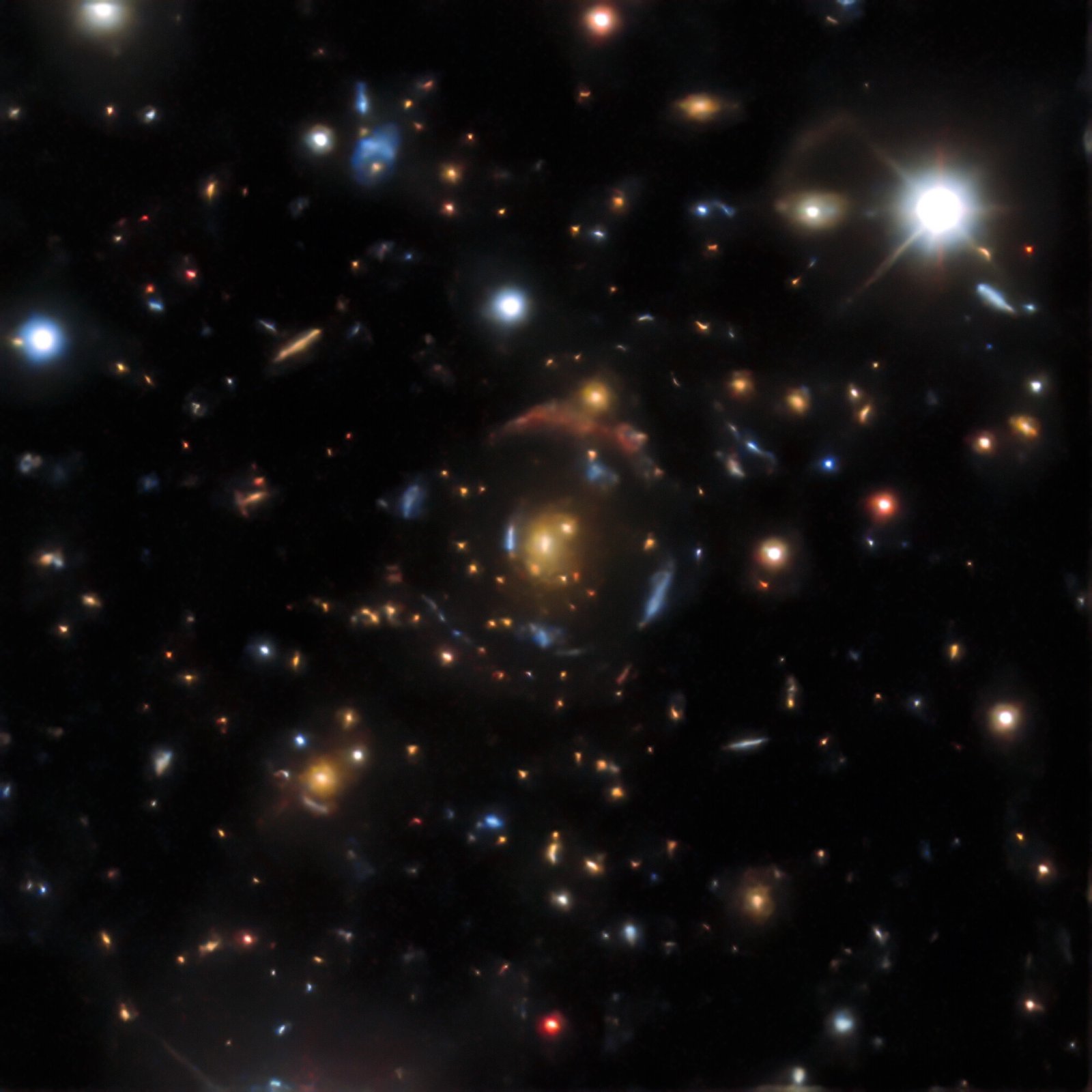
Here’s the core idea: because light takes time to travel, distance in space is delay in time. Look one hundred light-years away and you’re seeing a century-old story; look a billion light-years and you’re witnessing an era when Earth’s continents sat differently and life took another shape. Add cosmic expansion and the wavelengths stretch, turning ultraviolet light from young stars into the infrared bands our detectors can catch. Redshift is the universe’s clockwork, and telescopes read it with the care of watchmakers.
Another boost comes from nature’s own magnifying glass: gravity. Massive galaxy clusters bend spacetime, warping and brightening the light of galaxies behind them. Those gravitational lenses act like giant telescopes layered on top of ours, letting us study objects otherwise too faint to see at all.
The Deepest Fields: Hubble, Webb, and the First Galaxies
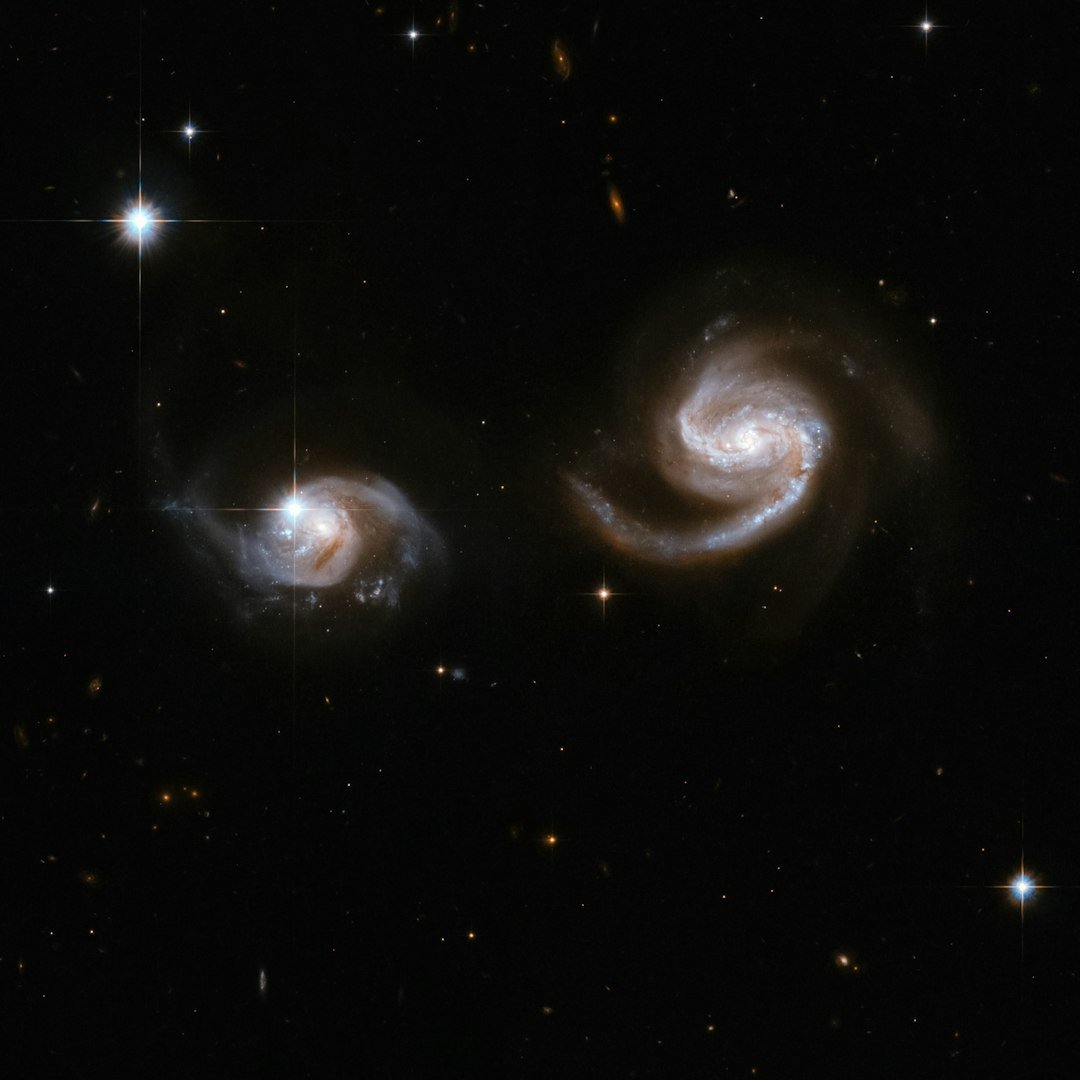
Deep-field images are the closest thing we have to a cosmic archaeological trench. By staring at one small patch of sky for days, Hubble revealed thousands of galaxies where earlier charts saw emptiness. Infrared instruments extended that reach, uncovering starlight so stretched by expansion that only ultra-cold detectors could find it. Then a new space observatory arrived with even sharper infrared eyes, turning hints of early structures into well-defined targets for follow-up studies.
Consider a few anchors that help frame the scale:
- Deep surveys routinely detect galaxies from when the universe was a tiny fraction of its current age.
- Spectroscopy confirms their distances by measuring redshifted atomic fingerprints.
- Some candidates appear from just a few hundred million years after the Big Bang, a blink compared with today’s cosmic age.
These aren’t just pretty pictures; they’re time-stamped evidence of how the first stars and galaxies assembled.
Global Perspectives: Telescopes Across Earth and Space
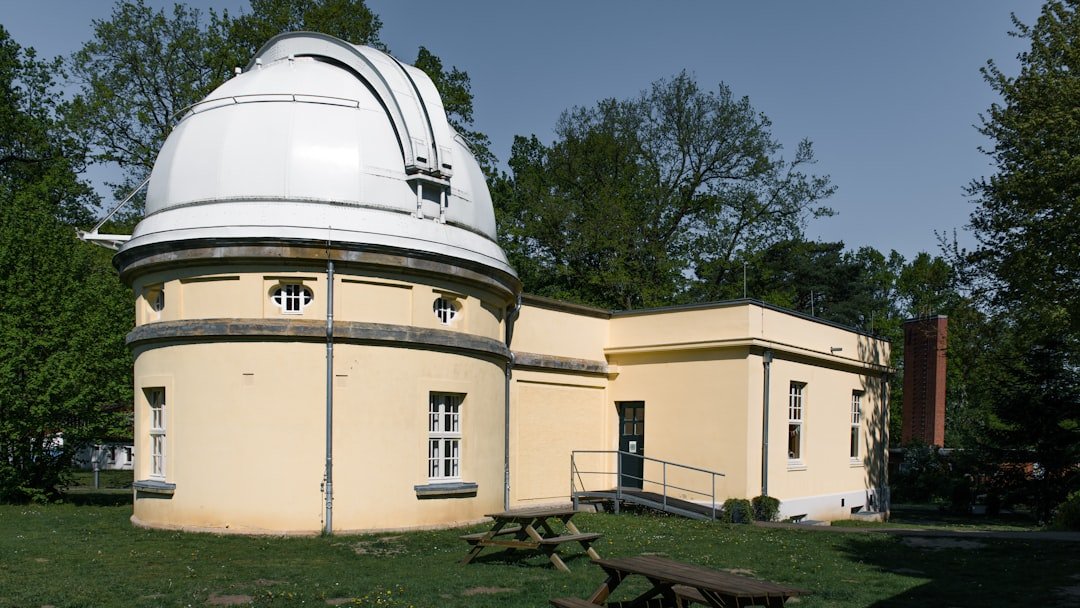
Ground observatories fight the atmosphere with adaptive optics, while space telescopes avoid it entirely. Together, they form a relay team: mountains do the heavy lifting in visible and near-infrared, ballooning discoveries to space for the most delicate measurements. Radio arrays stitch signals from dishes spread across continents, acting like a single, Earth-sized instrument. That’s how astronomers have resolved the shadow around supermassive black holes and mapped interstellar molecules that trace the ingredients for life.
It’s a genuinely global enterprise, with engineering talent, funding, and data pipelines spanning the planet. When one hemisphere sleeps, another observes; when one instrument is refurbished, another takes the baton. The result is a continuous, collaborative window into earlier epochs.
Why It Matters
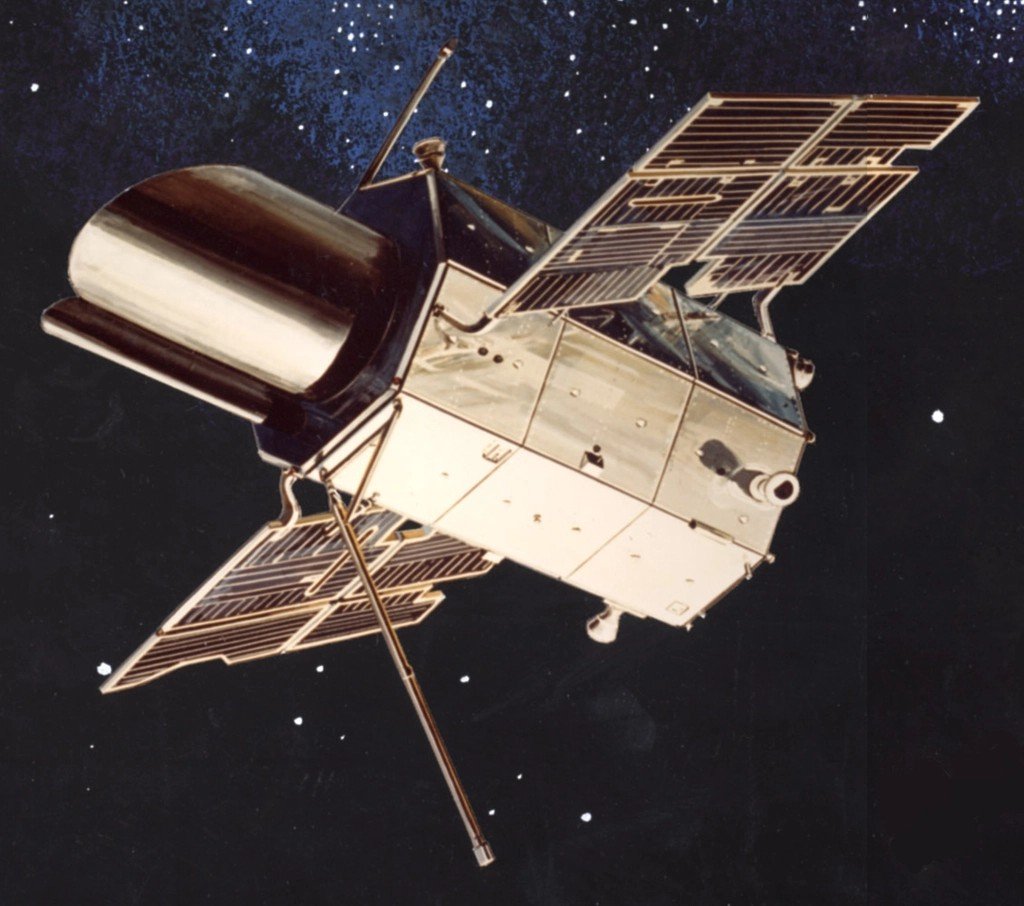
Looking back in time answers the most human questions: Where did structure come from? When did stars begin forging the elements in our blood and bones? Traditional physics experiments on Earth can test small slices of theory, but telescopes test the universe at scale, verifying ideas about gravity, dark matter, and the life cycles of stars. Without look-back observations, we’d be stuck with models that fit today yet fail to explain yesterday.
This matters beyond astronomy’s borders. The same detectors built to find faint galaxies become tools for imaging exoplanet atmospheres and tracking hazardous near-Earth objects. The software that aligns starlight helps medical imaging sharpen scans. Investing in telescopes is not just a bet on wonder; it’s a bet on practical spinoffs and a clearer map of our cosmic address.
The Future Landscape
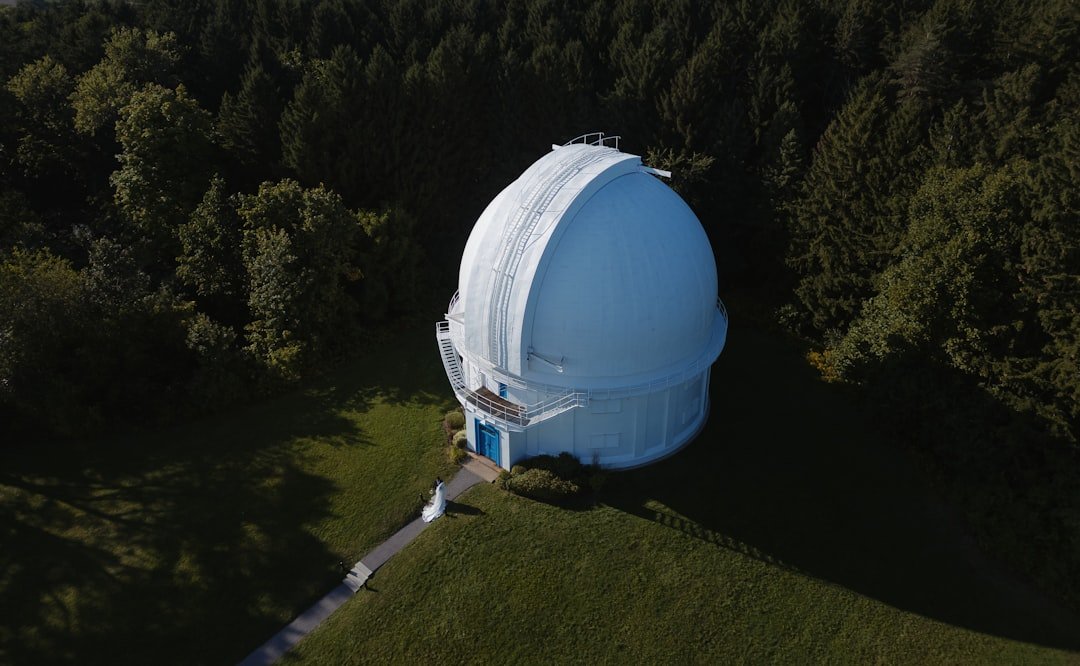
The next decade belongs to giant eyes and smarter brains. Extremely large mirrors under construction promise to collect far more light from the ground, while the biggest survey cameras will scan the entire visible sky again and again, catching transients in near-real time. In space, proposed missions target longer wavelengths and sharper resolution, aiming to read exoplanet atmospheres for chemical imbalances that could suggest biology. The challenge is brutal: cost, complexity, and the relentless need to keep instruments stable and cold for years.
Still, the payoffs are huge. We’ll push the record for earliest galaxies further, map the first heavy elements as they seed young systems, and watch black holes grow alongside their host galaxies. With better coronagraphs and starshades, we may finally isolate an Earth-like world’s faint glow and study it the way we study deep-field galaxies today.
Conclusion
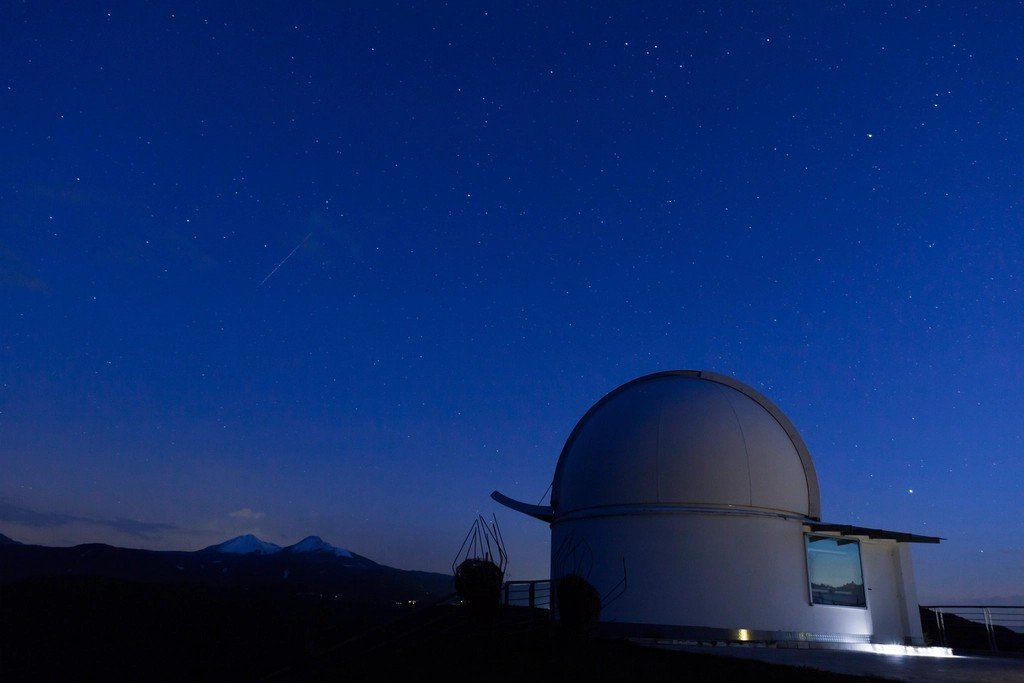
Big discoveries don’t happen in a vacuum; they rest on steady support, curiosity, and open data. If you’re moved by the idea of time travel through starlight, start locally: visit a public night at a nearby observatory or join a community star party to see how precision instruments turn faint smudges into stories. Explore open image archives and citizen-science platforms that invite anyone to classify galaxies, spot supernovae, or flag oddities that algorithms miss. Share dark-sky practices – shielded lighting, mindful outdoor use – so backyard observers and major facilities alike can gather cleaner signals.
Consider backing science education programs that put optics kits and small telescopes into schools. The pipeline that builds giant mirrors begins with a student taking a first look at Saturn’s rings and deciding that a distant future is worth chasing.

Suhail Ahmed is a passionate digital professional and nature enthusiast with over 8 years of experience in content strategy, SEO, web development, and digital operations. Alongside his freelance journey, Suhail actively contributes to nature and wildlife platforms like Discover Wildlife, where he channels his curiosity for the planet into engaging, educational storytelling.
With a strong background in managing digital ecosystems — from ecommerce stores and WordPress websites to social media and automation — Suhail merges technical precision with creative insight. His content reflects a rare balance: SEO-friendly yet deeply human, data-informed yet emotionally resonant.
Driven by a love for discovery and storytelling, Suhail believes in using digital platforms to amplify causes that matter — especially those protecting Earth’s biodiversity and inspiring sustainable living. Whether he’s managing online projects or crafting wildlife content, his goal remains the same: to inform, inspire, and leave a positive digital footprint.

